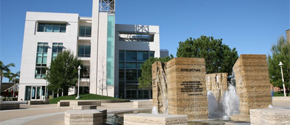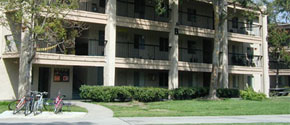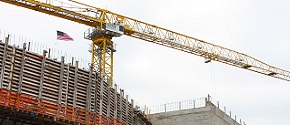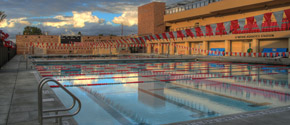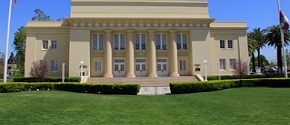The five areas that were selected for this audit include: Academic Buildings, Residential Buildings, New Construction, Water Features, and Landscaping Alternatives. Each chapter provides an introduction, followed by a brief history of the area at Chapman, its current status, and a concluding assessment with recommendations.
Ultimately, the 2014 Environmental Audit provides information on specific areas of campus life and operations with regards to the level of sustainability they maintain. The information provided in each of the five chapters serves as a baseline for future generations of students and administration to reflect upon when considering growth at Chapman.
